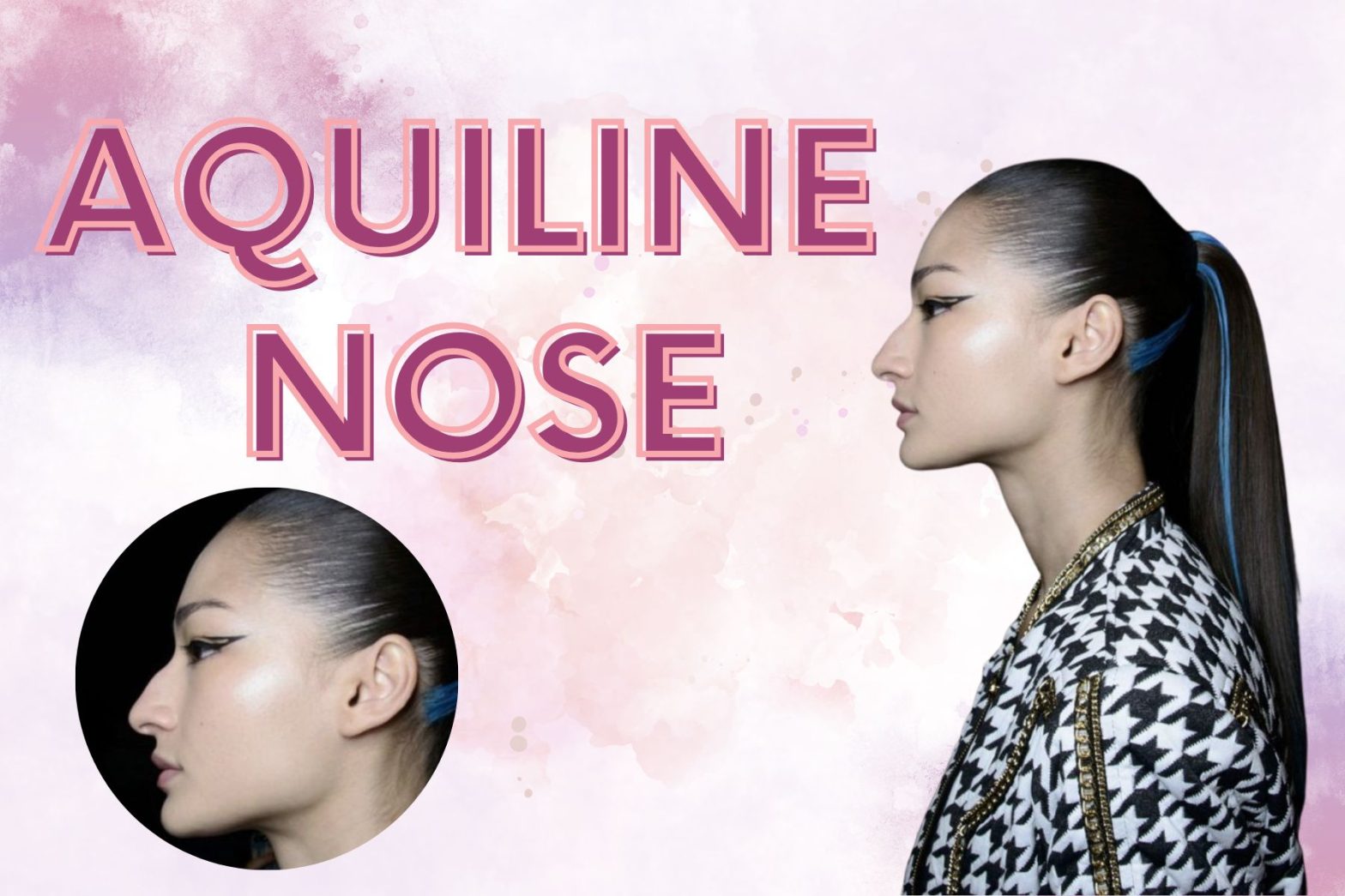The Aquiline Nose: A Majestic Profile in Facial Symmetry

Human faces, like snowflakes, are no two alike. Each feature, from the shape of the eyes to the contours of the lips, contributes to our unique identity. Among these diverse expressions, the aquiline nose stands out as a testament to enduring beauty, strength, and elegance. Often described as “eagle-like”, the aquiline nose is characterized by a prominent bridge that gracefully curves to a slightly downward tip. This distinctive profile has captivated cultures across time and continents, inspiring artists, poets, and sculptors to capture its timeless allure.
Defining the Aquiline Nose: Symbolism in Structure
Understanding the Term
The term “aquiline” originates from the Latin word “aquilinus”, meaning “eagle-like”. This apt description encapsulates the essence of the aquiline nose, a feature that exudes a sense of authority, nobility, and wisdom.
Anatomical Brilliance
This nose’s elegance stems not only from its unique profile but also from its harmonious interplay with other facial features. The prominent bridge, coupled with the subtle curvature of the tip, creates a captivating balance that enhances the overall facial symmetry.
A Cultural Icon
The aquiline nose has long held a prominent place in human history, transcending mere aesthetics to become a symbol of cultural significance. In ancient civilizations like Greece and Rome, it was associated with gods, goddesses, and powerful leaders. Sculptures and paintings from these eras often depict these figures with these noses, emphasizing their strength, intellect, and divine status.
Historical Reverence: Across Time and Cultures
A Legacy of Nobility
The aquiline nose associated with nobility and power continued into the Renaissance era. Portraits of influential figures, from monarchs to artists, often featured this distinctive trait, portraying them as leaders and intellectuals.
Beauty Beyond Borders
The aquiline nose’s allure extends far beyond the confines of Eurocentric ideals. It is seen as a mark of beauty, intelligence, and strength in various cultures worldwide. From the Middle East to Africa, the aquiline nose is a celebrated feature that adds to the rich tapestry of human diversity.
Icons of the Silver Screen
The aquiline nose has graced the faces of some of Hollywood’s most iconic figures. Audrey Hepburn, Omar Sharif, and Meryl Streep, to name a few, have all sported this distinctive trait, adding to their timeless charisma and elegance.
Genetics and Beauty: The Tapestry of Diversity
The Genetic Puzzle
The inheritance of an aquiline nose is a complex interplay of genetic factors. While certain ethnic groups may exhibit this feature more prominently, it can also manifest in individuals with diverse genetic backgrounds.
Embracing Diversity
In today’s increasingly diverse and inclusive world, appreciating the aquiline nose’s beauty is not just about aesthetics but also about celebrating the unique heritage and identity of individuals. Embracing this diversity enriches our understanding of beauty and challenges traditional notions of what is considered attractive.
Surgical Reflections and Natural Beauty: Harmonizing Perspectives
The Artistry of Rhinoplasty
Advances in cosmetic surgery have made it possible to reshape the nose, including the aquiline profile. Rhinoplasty, or nose surgery, can refine the bridge, alter the tip, and create a more harmonious overall appearance.
Embracing Authenticity
While rhinoplasty offers a choice for those seeking to alter their facial features, embracing natural beauty is equally empowering. The aquiline nose, with its rich cultural significance and timeless elegance, is a testament to the beauty of diversity.
Cultural Resonance and Self-Expression: Beyond Personal Features
Celebrating Individuality
Human faces are a canvas of individuality, each feature contributing to the unique tapestry of our identities. The aquiline nose, with its distinctive profile and historical significance, enriches this mosaic, fostering a culture that celebrates and accepts diverse facial characteristics.
Empowerment through Uniqueness
As perceptions of beauty evolve, embracing distinct features like the aquiline nose fosters self-confidence and empowerment. This encouragement of self-expression honors the beauty in each person’s unique narrative, breaking free from restrictive beauty standards that often exclude and marginalize.
Conclusion: A Testament to Timeless Beauty
In the grand narrative of facial features, the aquiline nose stands as a testament to enduring elegance and resilience. Its historical eminence and contemporary celebration embody the timeless allure of individuality. May the noble charm of the aquiline nose inspire a deeper appreciation for the unique features that paint the portrait of humanity’s diverse beauty.
The aquiline nose emerges as a captivating symbol of strength, grace, and cultural diversity. Its enduring appeal transcends time and boundaries, challenging traditional beauty norms and celebrating the unique identities that shape our collective human tapestry. As we move towards a more inclusive and accepting world, let us embrace the aquiline nose with open arms, recognizing its timeless elegance and the profound beauty it contributes to the mosaic of human faces.













